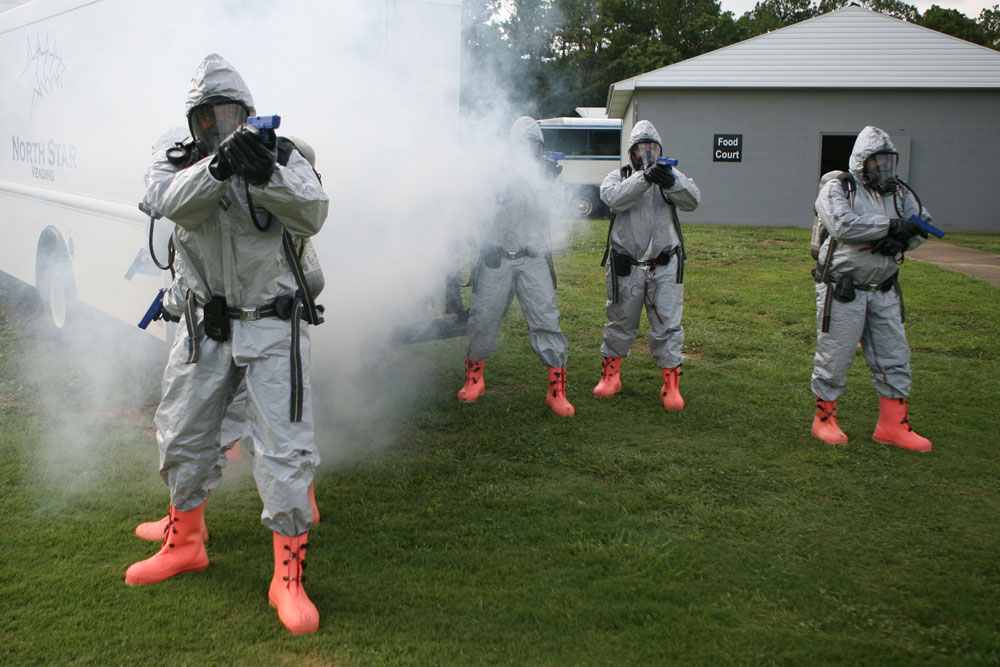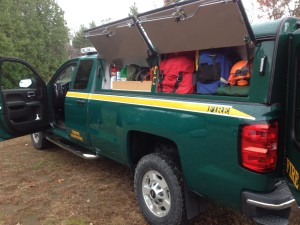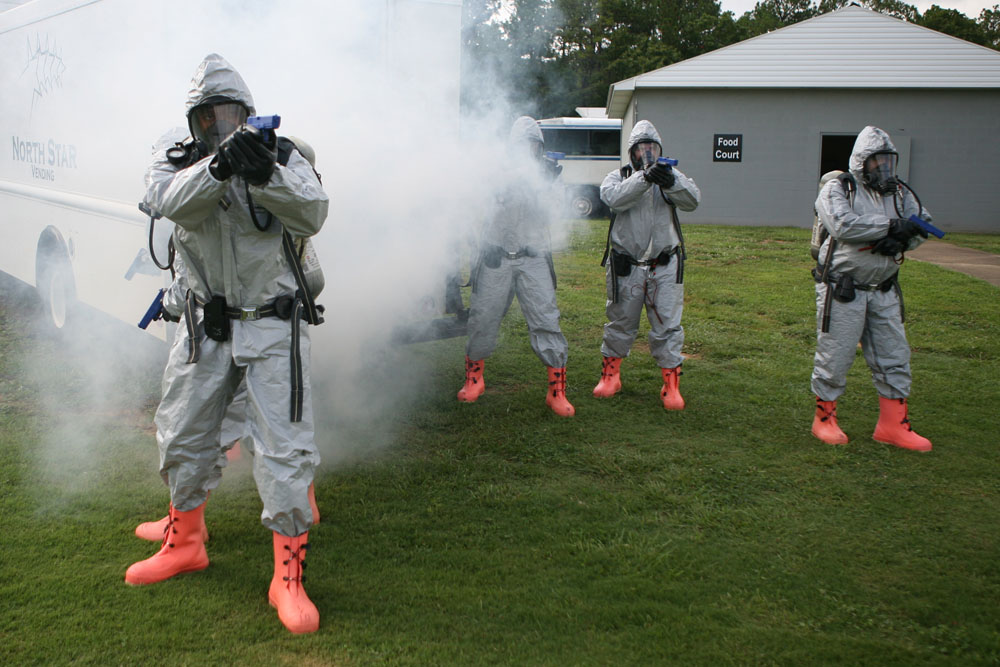
MONTPELIER – The state of Vermont has a new tool at its disposal to assist first responders identify and combat several hazards in the state. The Vermont Division of Emergency Management and Homeland Security (VT DEMHS) has taken delivery on two vehicles that will assist in Chemical, Biological, Radiological, Nuclear, and Explosives (CBRNE) monitoring and responding to wildfires.
The trucks will carry specialized equipment for radiological plume tracking and monitoring for chemical, biological, radiological, and nuclear contaminants, and have the ability to tow other equipment, such as HAZMAT decontamination trailers, to incidents.
“Vermont is not immune from CBRNE incidents and we need to be ready for any such event,” Vermont Public Safety Commissioner Keith Flynn said. “And despite the fact that Vermont Yankee nuclear power plant is closing next month, incidents can still occur over the next several years. This vehicle will help in our planning, exercise, and response efforts.”
The vehicles will also allow the Vermont Department of Forests, Parks & Recreation (VT FPR) to respond to requests from communities to fight wildfires. The response and command trucks are equipped to assist communities with wildfires and other incidents that involve state forestry. These events can include large wind events, invasive insect outbreak, or other natural disaster. The trucks are fully equipped with hose and hand tools, GIS mapping, communications equipment and other assets. These tools also allow the vehicles to assist in Urban Search and Rescue operations.
The vehicles were purchased with federal Homeland Security program grant funds that are intended to support programs and address areas for improvement such as resource gaps for first responders and stakeholders throughout Vermont.
One truck will be housed in the northern part of the state, while the other will be stationed in the south in order to assure a timely response.

Details and specs:
· Heavy duty ¾ ton truck with towing capacity for fire trailers
· Off-road capable with winch
· High visibility decals with emergency lights
· Utility cap for equipment storage
· Communications that include P25 digital radios and the UHF and VHF National Interoperability channels. These field programmable radios are equipped with onboard computer programming software.
· GIS mapping capability in remote locations. Ability to upload real-time incident mapping data to State Emergency Operations Center or Agency of Natural Resources GIS lab.
· Inventory of wildland firefighting tools and equipment
· Monitoring equipment for CBRNE emergencies.
· Capable of towing communications, DECON mass care/med surge trailers.


